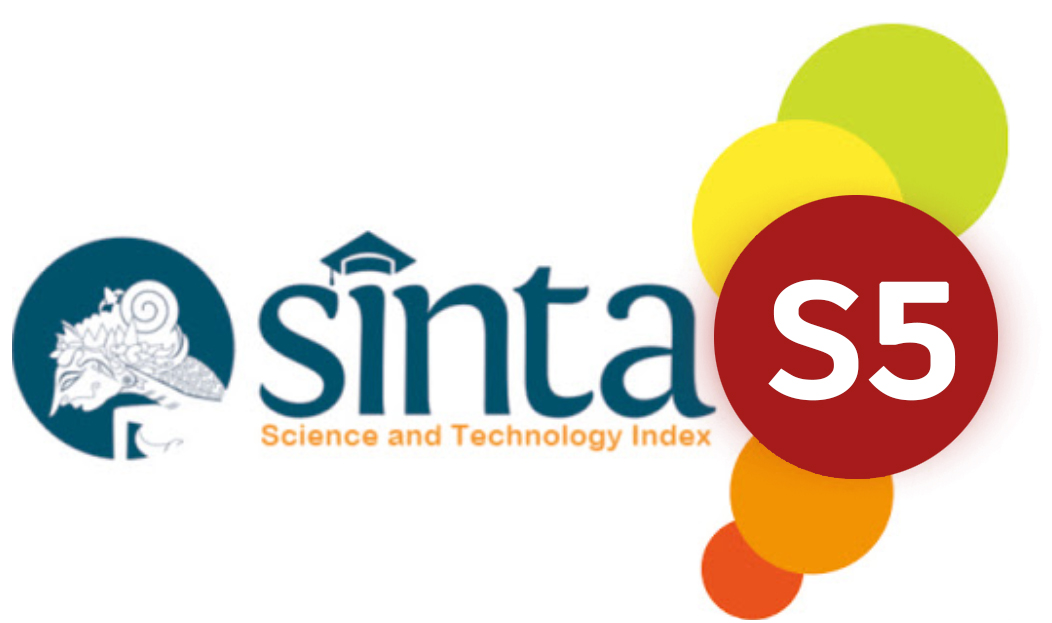PENGARUH CUSTOMER INVOLVEMENT TERHADAP CO-CREATION VALUE DI INDUSTRI PERBANKAN DIGITAL DI INDONESIA
DOI:
https://doi.org/10.59003/nhj.v4i12.1422Keywords:
Customer Involvement, Co-Creation Value, Satisfaction, LoyaltyAbstract
This study examines the causal relationship between Customer Involvement, Co-Creation Value, Satisfaction, and Loyalty in the context of collaboration-based customer relationship management. The main objective of this study is to understand how customer involvement in the service process can influence perceptions of shared value, increase satisfaction, and ultimately form strong customer loyalty. The theoretical approach used refers to Service-Dominant Logic, which places customers as active partners in value creation, not just recipients of services. Through a quantitative approach and structural equation modeling, this study finds that customer involvement plays an important role in creating more relevant and meaningful experiences, which in turn have a positive impact on satisfaction and loyalty. The practical implications of the results of this study emphasize the importance of participatory and interactive strategies, including the use of digital technology, to increase customer engagement. By building a more inclusive and responsive service system, companies can create long-term, mutually beneficial relationships with customers and increase competitive advantage in the digital economy era.
Downloads
References
Batat, W. (2019). Customer Engagement and Consumer Involvement in Service Innovation. Journal of Service Management, 30(3), 411-431.
Chesbrough, H. (2003). The Era of Open Innovation. MIT Sloan Management Review, 44(3), 35-41.
Homburg, C., Koschate, N., & Hoyer, W.D. (2006). The role of cognition and affect in the formation of customer satisfaction: a dynamic perspective. Journal of Marketing, 70(3), 21–31.
Kumar, V., & Shah, D. (2004). Building and Sustaining Profitable Customer Loyalty for the 21st Century. Journal of Retailing, 80(4), 317-330.
Mikalef, P., Krogstie, J., & Pappas, I. O. (2020). Big Data and AI in the Banking Industry: A Review of Literature and Future Research Directions. Journal of Business Research, 116, 421-431.
Morgan, R.M., & Hunt, S.D. (1994). The commitment-trust theory of relationship marketing. Journal of Marketing, 58(3), 20–38.
Oliver, R. L. (1999). Whence consumer loyalty? Journal of Marketing, 63(Special Issue), 33–44.
Payne, A.F., Storbacka, K., & Frow, P. (2009). Managing the co-creation of value. Journal of the Academy of Marketing Science, 36(1), 83–96.
Prahalad, C. K., & Ramaswamy, V. (2004). Co-creation experiences: The next practice in value creation. Journal of Interactive Marketing, 18(3), 5-14.
Ranjan, K.R., & Read, S. (2016). Value co-creation: concept and measurement. Journal of the Academy of Marketing Science, 44, 290–315.
Saarijärvi, H., Kannan, P.K., & Kuusela, H. (2013). Value co-creation: theoretical approaches and practical implications. European Business Review, 25(1), 6–19.
Vargo, S. L., & Lusch, R. F. (2008). Service-Dominant Logic: Continuing the Evolution. Journal of the Academy of Marketing Science, 36(1), 1-10.
Vivek, S. D., Beatty, S. E., & Morgan, R. M. (2012). Customer Engagement: Exploring Customer Relationships Beyond Purchase. Journal of Marketing Theory and Practice, 20(2), 122-146.
We Are Social. (2023). Digital 2023: Indonesia. We Are Social.
Yi, Y., & Gong, T. (2013). Customer value co-creation behavior: Scale development and validation. Journal of Business Research, 66(9), 1279–1284.
Zeithaml, V.A., Berry, L.L., & Parasuraman, A. (1996). The behavioral consequences of service quality. Journal of Marketing, 60(2), 31–46
Downloads
Published
How to Cite
Issue
Section
License
Copyright (c) 2025 Rinaldi Bursan

This work is licensed under a Creative Commons Attribution-NonCommercial-ShareAlike 4.0 International License.
NHJ is licensed under a Creative Commons Attribution-NonCommercial-ShareAlike 4.0 International License.
Articles in this journal are Open Access articles published under the Creative Commons CC BY-NC-SA License This license permits use, distribution and reproduction in any medium for non-commercial purposes only, provided the original work and source is properly cited.
Any derivative of the original must be distributed under the same license as the original.






















